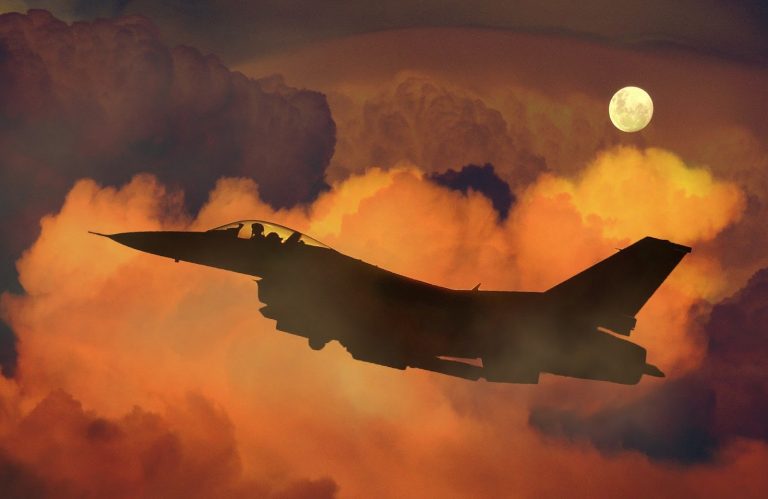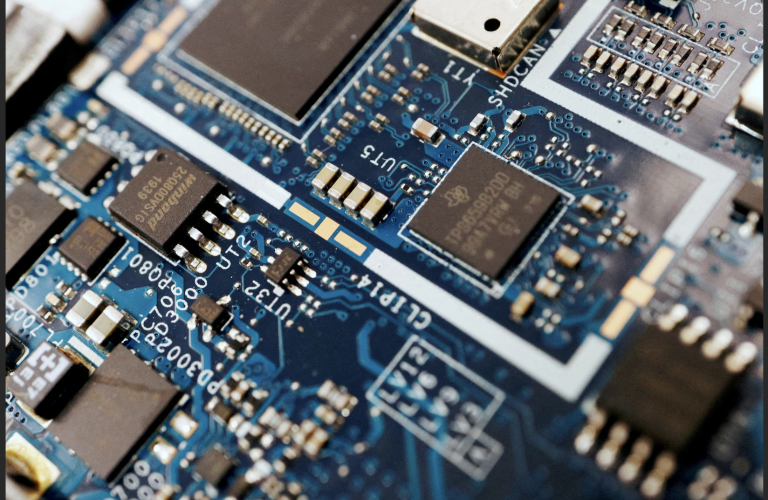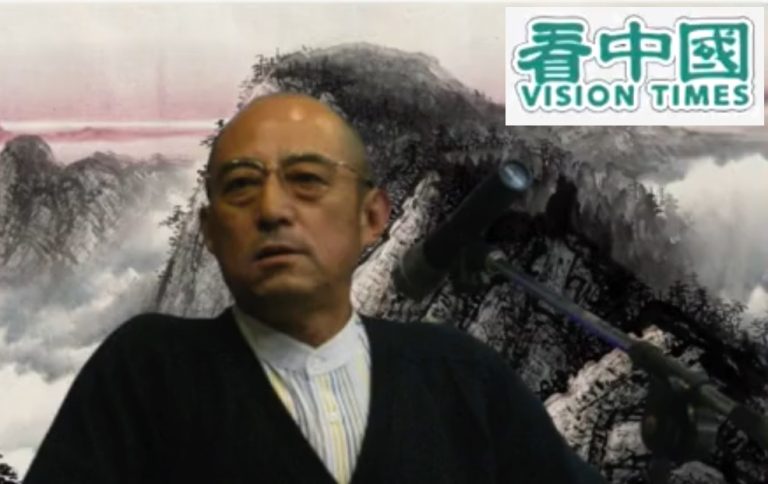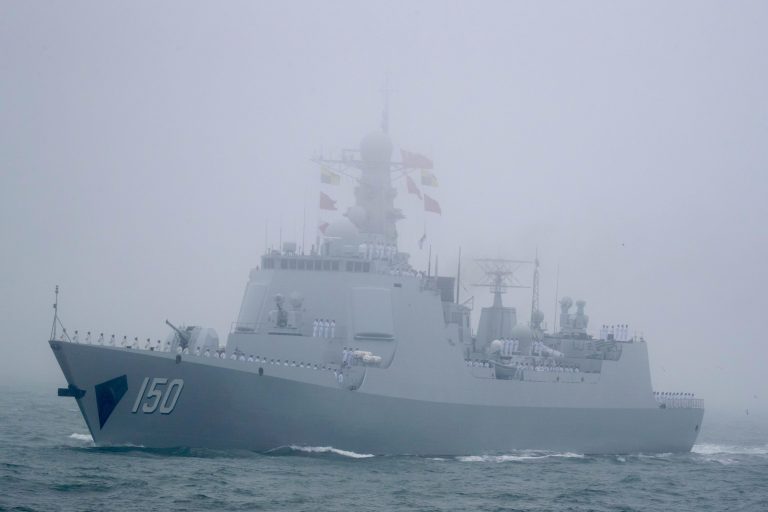Taiwan has deployed an upgraded version of F-16V fighter jets as the island continues to boost its military forces to ward off the threat of a potential mainland Chinese invasion. On Nov. 18, 64 of the 4.5-generation jets were commissioned into service at the Chiayi air force base.
The F-16V is a more advanced version of Taiwan’s existing F-16 fighters that were produced in the 1990s. The upgrade comes with improved navigation, weaponry, electronic warfare systems, and an advanced radar capable of tracking 20 targets at once.
While on paper the 4.5-generation multirole fighter is less capable than the fifth-generation J-20 that is entering service with the mainland People’s Liberation Army (PLA), it is superior to the bulk of PLA combat jets, which are Chinese-built derivations of the Su-27 Flanker, a family of jet designs produced by the former Soviet Union.
The People’s Republic of China (PRC), which runs mainland China, claims Taiwan as part of its rightful territory and has vowed to achieve unification at any cost. Officially known as the Republic of China (ROC), Taiwan maintains a strong economy and democratic system. In recent years, the PLA has stepped up its harassment of the island, sending frequent flights of combat aircraft into the ROC military’s air defense zone and conducting naval drills around Taiwan.
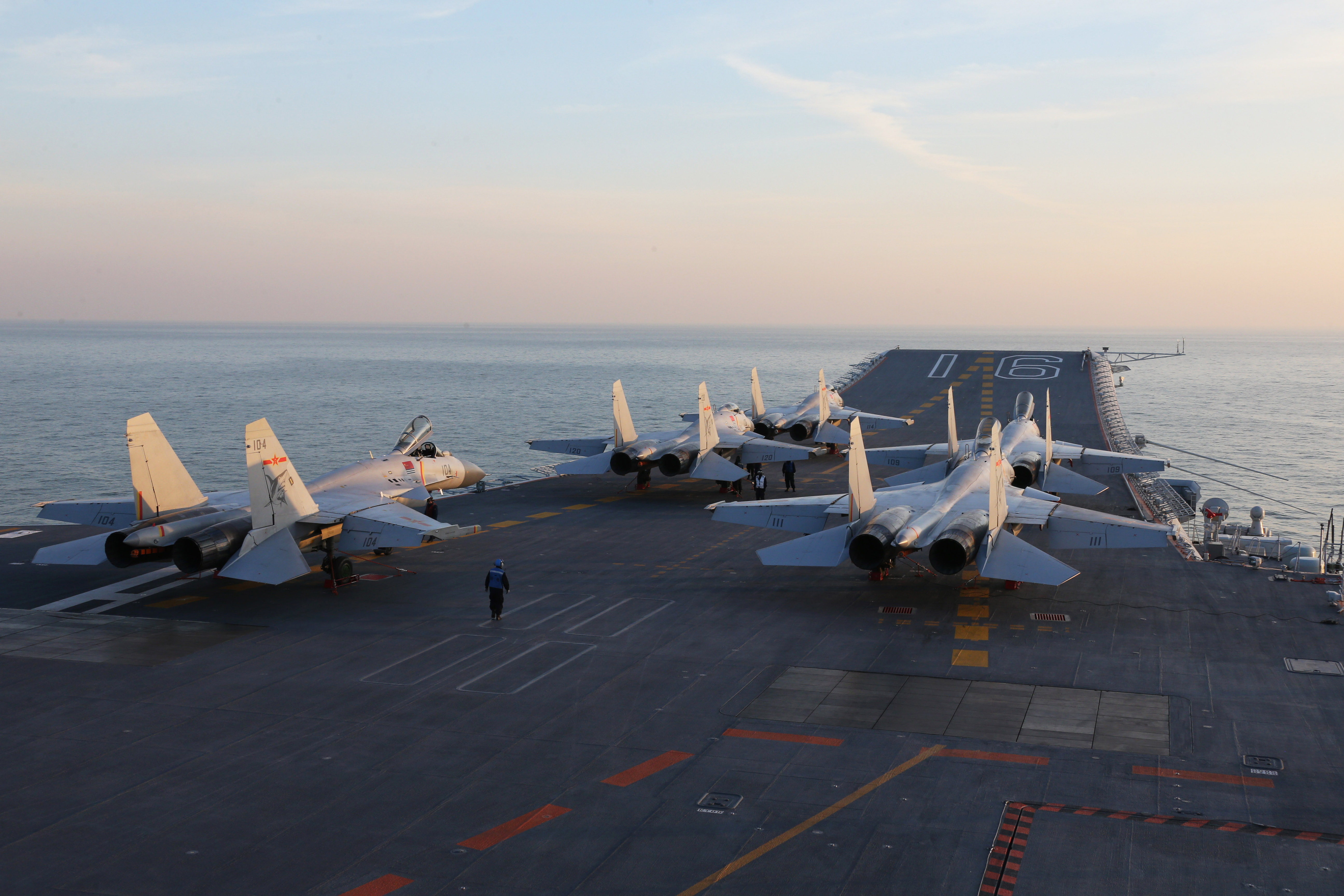
Tech upgrade
The F-16Vs are a significant upgrade from the earlier models of the F-16 fielded by the Republic of China (ROC, Taiwan’s official name) Air Force.
Success
You are now signed up for our newsletter
Success
Check your email to complete sign up
Designed by Lockheed Martin in the 1970s and widely deployed throughout the next decade, the F-16 Fighting Falcon is a light fighter of the fourth generation. In the latter stage of the Cold War, the F-16 and its larger complement, the F-15 Eagle, prompted the Soviet Union to produce its own MiG-29 and Su-27 series in response.
Since the collapse of the Soviet Union, the United States, Russia, and China have developed even more advanced fifth-generation fighter planes, noted for their stealth and ability to cruise at supersonic speed. However, late Cold War-era designs such as the F-16 and Su-27 family remain in widespread use, and are often refitted to 4.5-generation specs.
The addition of F-16Vs to the Taiwan air force may give the ROC military a qualitative edge over the PLA: the state-of-the-art electronic warfare systems in the upgraded aircraft are likely superior to improvements made on the Su-27 derivatives by PRC engineers, who notoriously struggle even with producing reliable jet engines.
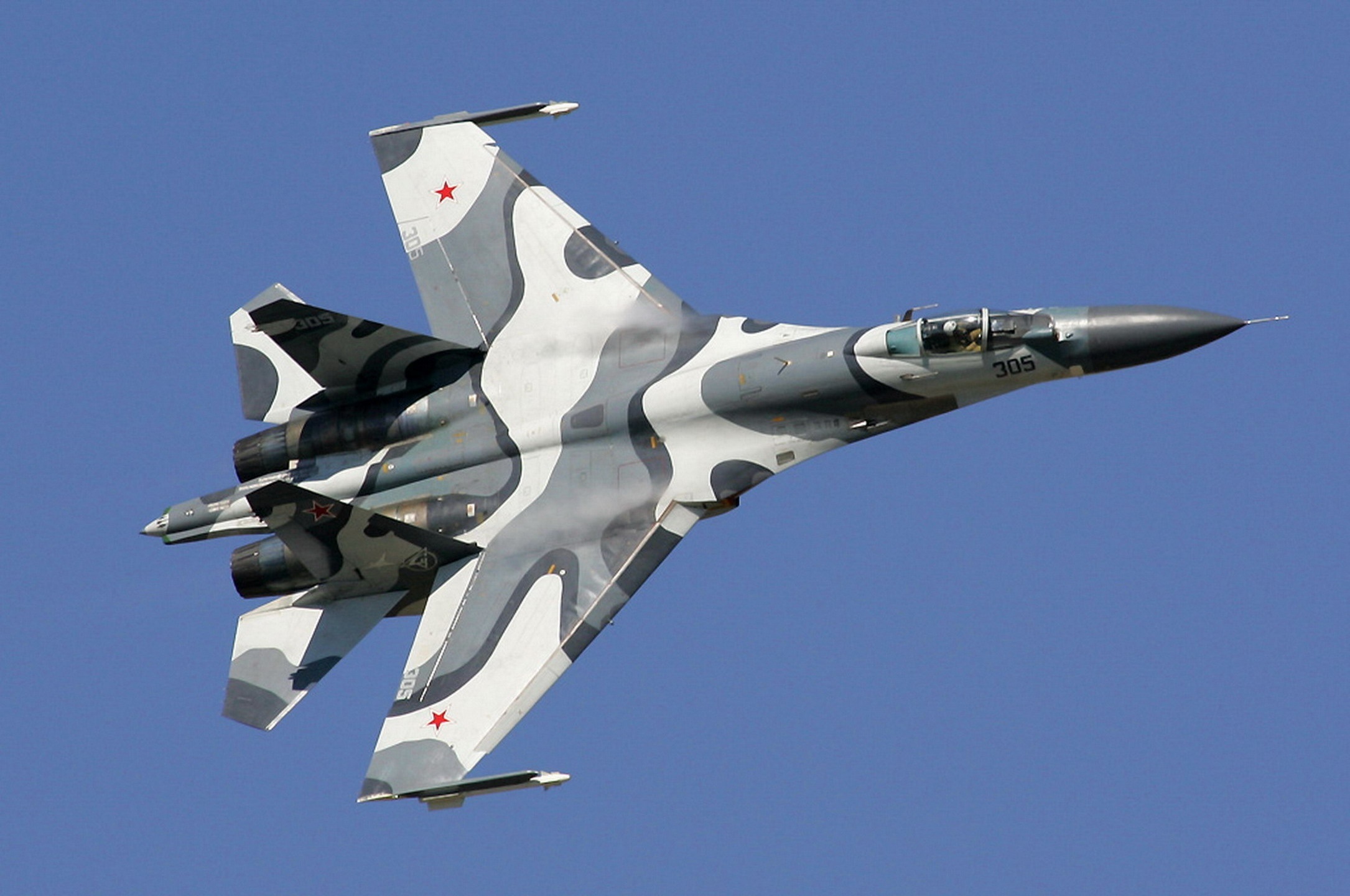
Su-27 variants in service with the PLA include the J-11, a license-built copy of the original Soviet fighter, the Su-30, a naval version of the Flanker, as well as the further improved J-15 and J-16.
Tsai Ing-wen, Taiwan’s president, hailed the deployment as a symbol of the enduring U.S.-ROC alliance.
“This represents the steadfast promise of the Taiwan-U.S. partnership… I trust that in holding fast to democratic values, there will definitely be more countries with similar values who will stand with us on this front,’”Tsai said. The president went on to highlight the assistance provided by the team at Lockheed Martin in completing the upgrade.
Taiwan’s defense capabilities
Taiwan is currently upgrading its 141 F-16s and has also placed orders for 66 newer fighter jets. In addition, the island possesses domestically manufactured AIDC F-CK Ching-kuo fighters and French Dassault Mirage 2000, for a total fleet of 400 fighters. Such aircraft are of the third and fourth generations.
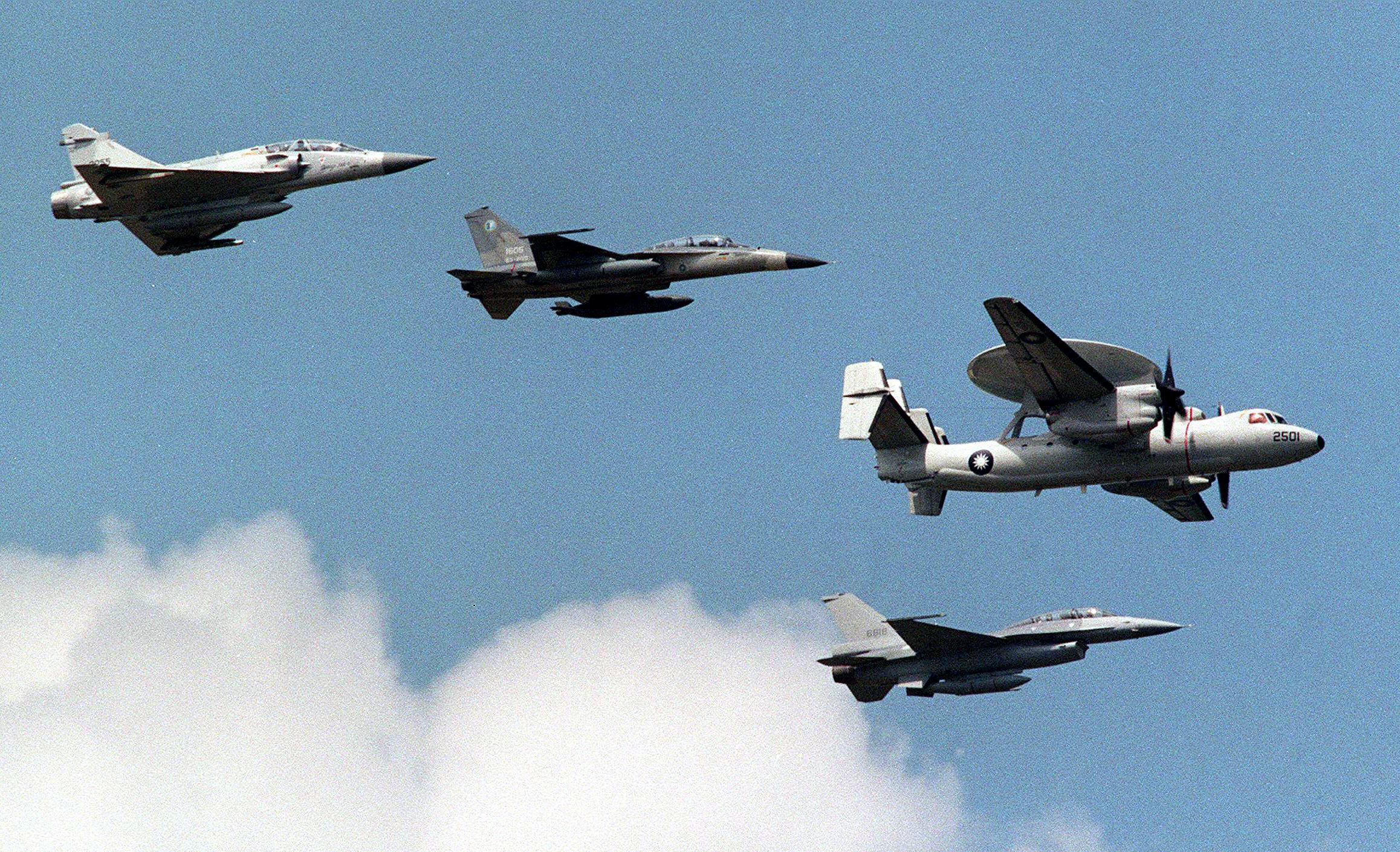
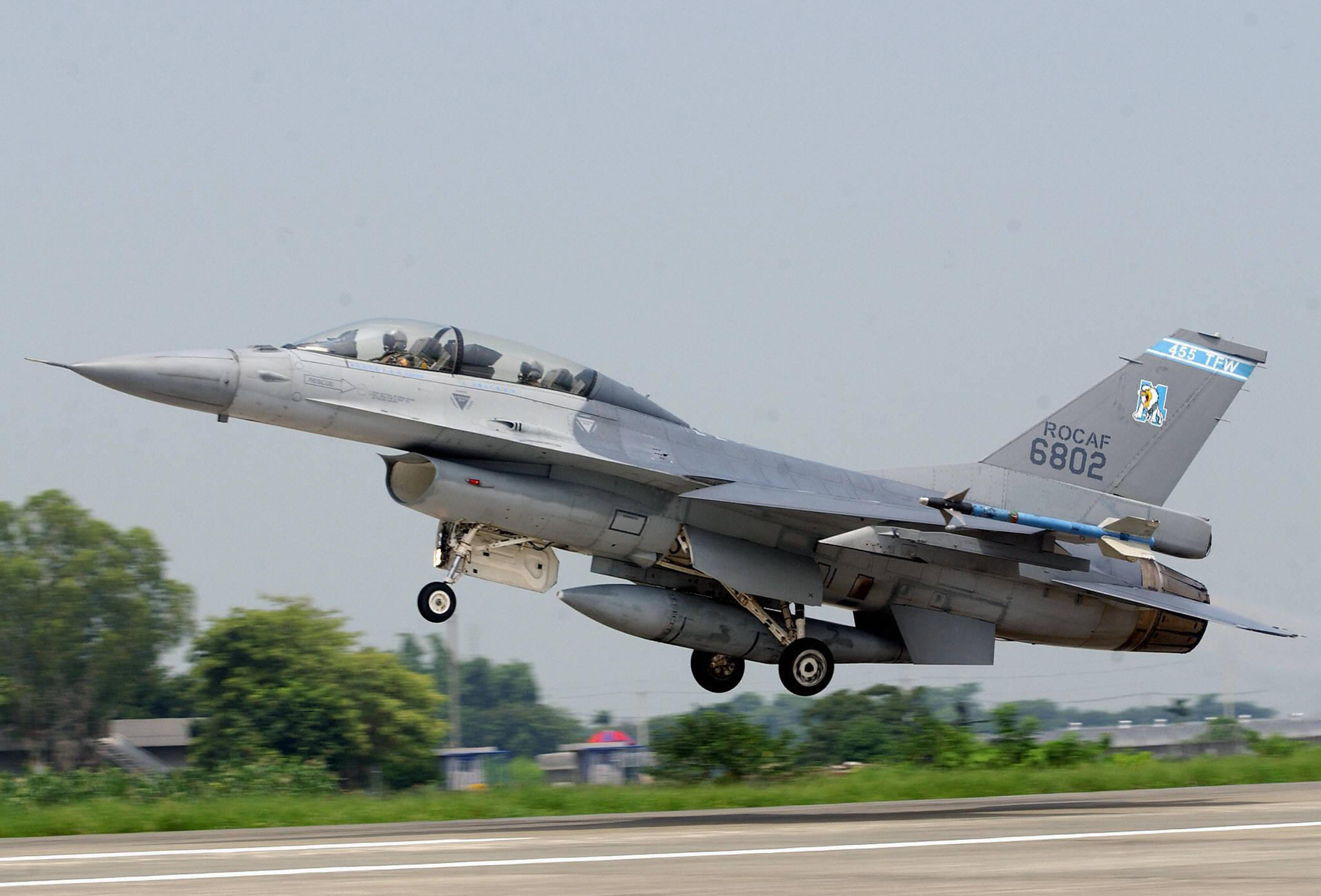
In contrast, the PLA fields around 1,600 jets of various generations.
In an interview with CNN, military analyst Peter Layton of the Griffith Asia Institute had stated last year that the sale of F-16 could help in stabilizing the situation in Taiwan as it will “broadly maintain” the air combat balance between the PLA and Taiwan’s air force.
“The PLAAF has significantly more air combat aircraft than the ROCAF, but in a conflict the ROCAF will be defending and the PLAAF attacking. The difference in roles and that the ROCAF will be operating over its own airfields compensates for the difference in numbers… The additional F-16s will simply keep the balance into the early 2030s,” Layton said.
Taiwan’s jet upgrade has inevitably not gone well with Beijing. PRC foreign ministry spokesman Zhao Lijian asked that Washington not send “wrong signals” to “separatist forces” in Taiwan.
He accused “independence forces” within Taiwan of attempting to “split the motherland” and colluding with foreign forces. “Their actions are akin to throwing an egg against a rock,” he said.
Meanwhile, President Joe Biden once again triggered confusion on Washington’s official status regarding Taiwan after causing a similar incident in October. While speaking to reporters after his recent call with Xi, Biden said that he had made it clear to the Chinese leader about the United States’ commitment to providing Taiwan with arms for defense purposes as outlined in the Taiwan Relations Act. “It’s independent. It makes its own decisions,” the president stated.
Biden’s comments were seen as confirmation that Washington supports Taiwan’s independence. He later told reporters that his administration is “not going to change” its “One China policy” on Taiwan, whereby the U.S. refrains from taking a clear stance on the island’s sovereignty but favors the status quo.
“I said that they have to decide — ‘they’ — Taiwan. Not us. And we are not encouraging independence, we’re encouraging that they do exactly what the Taiwan Act requires… That’s what we’re doing. Let them make up their mind,” Biden said.



